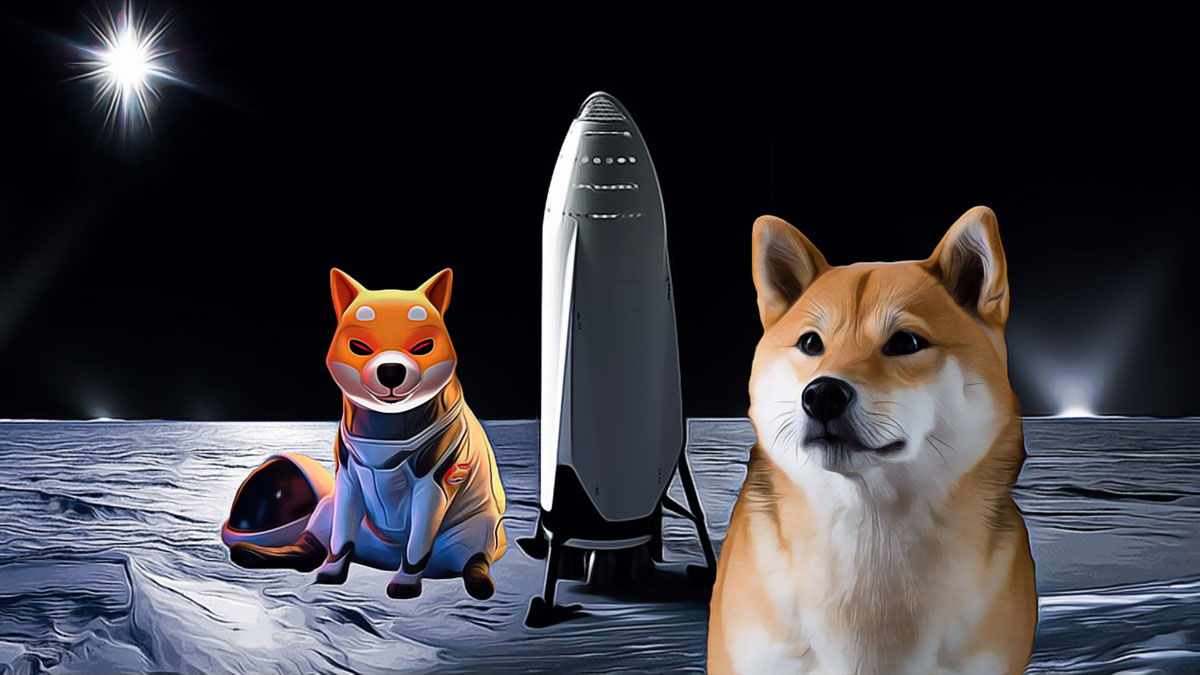The solar system, long believed to be a relatively stable and isolated system of planets, moons, and distant bodies, may have experienced a dramatic shift caused by an unexpected interstellar visitor. The discovery of an object passing through the solar system with characteristics unlike any of the known planets has sparked new questions about the forces that shape our cosmic neighborhood. This mysterious visitor—an object from beyond our solar system—might have disrupted the delicate balance of our solar system, altering the orbits and inclinations of the giant planets in ways that were previously thought to be impossible. But what exactly happened, and could this discovery suggest that our solar system’s stability is not as unchanging as we once thought?
The Unseen Force That May Have Shaken Our Solar System
Astronomers have long studied the orbits and movements of the planets, tracking their paths across the sky and calculating their future trajectories. Yet, a breakthrough discovery has turned this study on its head. An interstellar object, unlike any typical asteroid or comet that we’re accustomed to observing, passed through the solar system at an incredible speed and at a remarkable distance, leaving behind a trail of mystery and intrigue. According to a recent study, this visitor—a massive object with a mass ranging from 2 to 50 times that of Jupiter—may have had an extraordinary impact on the giant planets.
In their study, astronomers explain that a single encounter with such an object could have been enough to alter the orbits of the gas giants, such as Jupiter, Saturn, Uranus, and Neptune. “We demonstrate a single encounter with a 2–50 Jupiter-mass object, passing through the solar system at a perihelion distance less than 20AU and a hyperbolic excess velocity less than 6km per second, can excite the giant planets’ eccentricities and mutual inclinations to values comparable to those observed,” the study states. This phenomenon may not only provide insight into the past of our solar system but also indicate the possible effects of external forces on the orbits and movements of celestial bodies.


What Makes This Interstellar Visitor So Unique?
The object in question is believed to be an interstellar visitor, meaning it originated outside of our solar system and ventured into the depths of our cosmic neighborhood. Such objects are rare, and this particular one has been identified as passing through at a velocity and trajectory unlike any other known celestial body. The velocity of this object was remarkably fast, and it followed a hyperbolic trajectory—suggesting it wasn’t bound by the Sun’s gravity and was only passing through temporarily.
Its path was so different from that of other comets or asteroids that it could be classified as a “rogue” object, unbound by any star and roaming freely through interstellar space. Its sudden arrival and high velocity made it an unprecedented event in our solar system’s history. But what has truly captured the attention of scientists is the effect this object could have had on the solar system’s inner workings.
Disrupting the Giant Planets: A New Era in Solar System Dynamics
The gravitational pull of a massive interstellar object passing so close to the solar system could have been enough to disrupt the delicate balance between the planets. The giant planets, including Jupiter and Saturn, are not static; their orbits can change over time due to gravitational interactions with other celestial bodies. In this case, the interstellar visitor might have exerted enough force to shift the eccentricities (the “ellipticalness” or degree of oval shape) of the orbits of these planets, as well as their mutual inclinations (the angle at which their orbits tilt relative to each other).
While such shifts might seem minor in the short term, their long-term consequences could be significant. Small changes in the orbits of the gas giants could lead to cascading effects throughout the entire solar system. A change in the orbit of one planet might impact the others, leading to a possible realignment of their orbits or even potential collisions. These changes, although seemingly subtle, could be the result of an object that passed through the solar system at a velocity that was well beyond anything previously encountered.
What Could Have Happened to the Planets?
For many years, the idea of a rogue object altering the orbits of the giant planets seemed like a far-off theoretical possibility. However, the evidence now suggests that such interactions are not only possible but perhaps even likely at certain points in the history of the solar system. The study demonstrates that an interstellar object passing through the solar system could have caused the giant planets’ orbits to become more eccentric and inclined, potentially throwing them out of their original paths.
This raises intriguing possibilities about the dynamic nature of the solar system. Could the gas giants’ orbits have been shaped by encounters with interstellar objects in the past? And if so, what does that mean for the long-term stability of our solar system? The findings imply that our solar system has likely been subject to forces from beyond our immediate environment—forces that continue to play a role in shaping the paths of the planets even today.








Leave a Comment